From Telstar to ... Telstar: Ranking Adidas' best and worst World Cup balls
Another exciting edition of the World Cup is upon us, meaning it's time to judge another of Adidas' tournament balls.
Europe's biggest sports apparel company first began manufacturing the football for FIFA's prime international competition in 1970, bringing an end to the days of spherical equipment that looked more like volleyballs well beyond their best before date. After impressing with its first World Cup ball, the Telstar, the corporation was awarded the responsibility of providing the ball for each ensuing edition of the quadrennial tournament.
Here's how Adidas' 11 different contributions over the years rank up against one another:
11. Jabulani (2010)
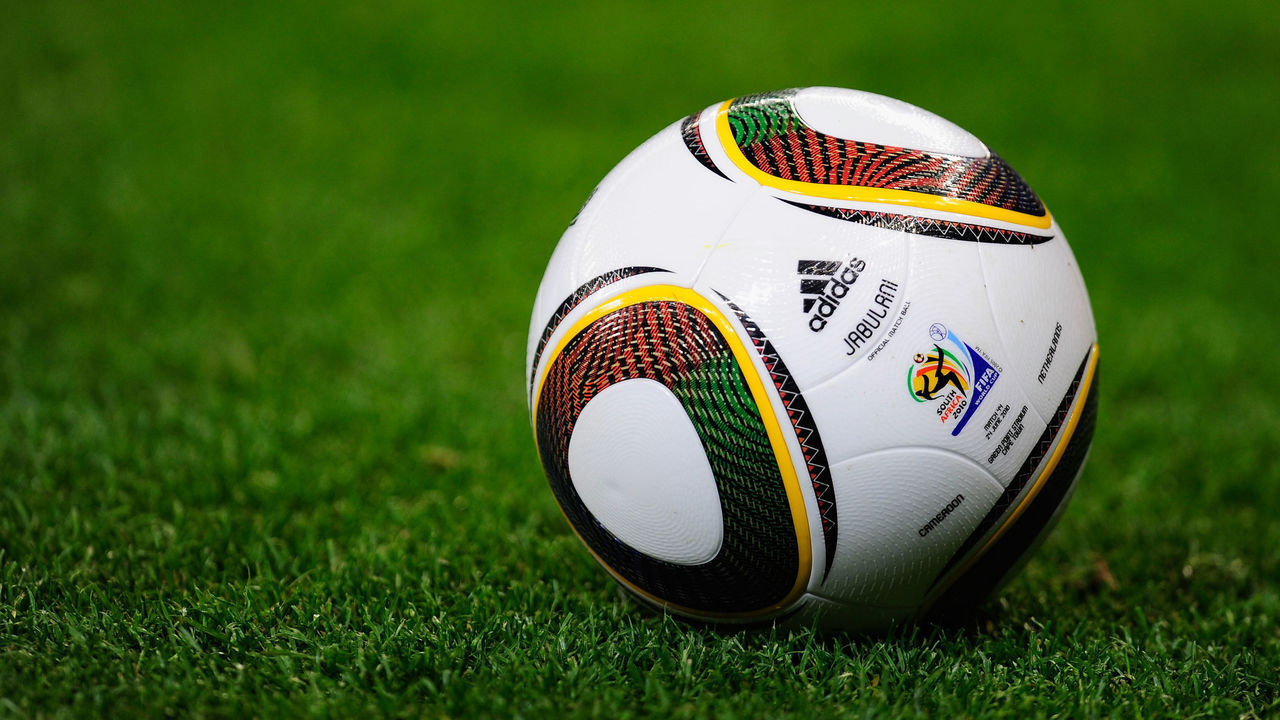
Let's get this disaster immediately out of the way.
Not only was the ball for Africa's first-ever World Cup a well-documented aerodynamic disaster, the mere image of the Jabulani will now never shake its link to the incessant Bzzzzzzz-ing of thousands of vuvuzelas that turned match broadcasts into millions of angry bees.
10. Tango (1978-82)
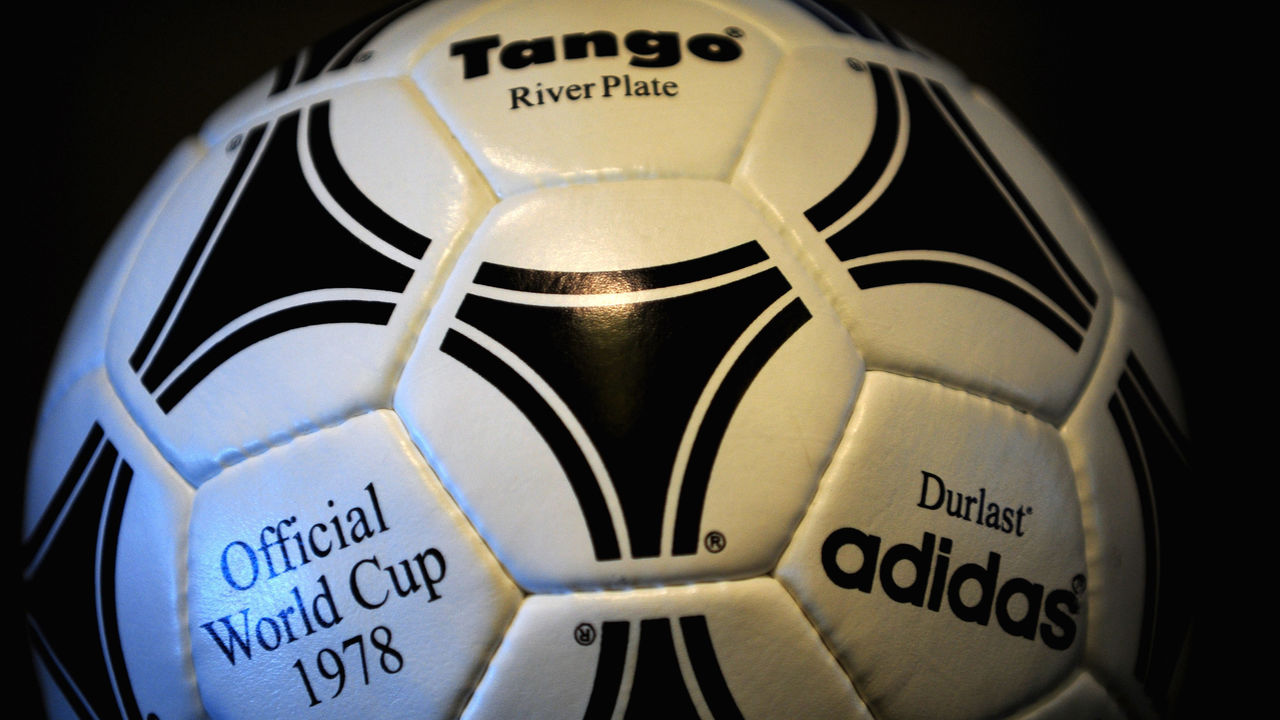
The Tango was Adidas' last creation to be used in back-to-back World Cup tournaments, leaving all of us perilously searching for who can make the absolute worst "It takes two to Tango" joke.
9. Telstar 18 (2018)
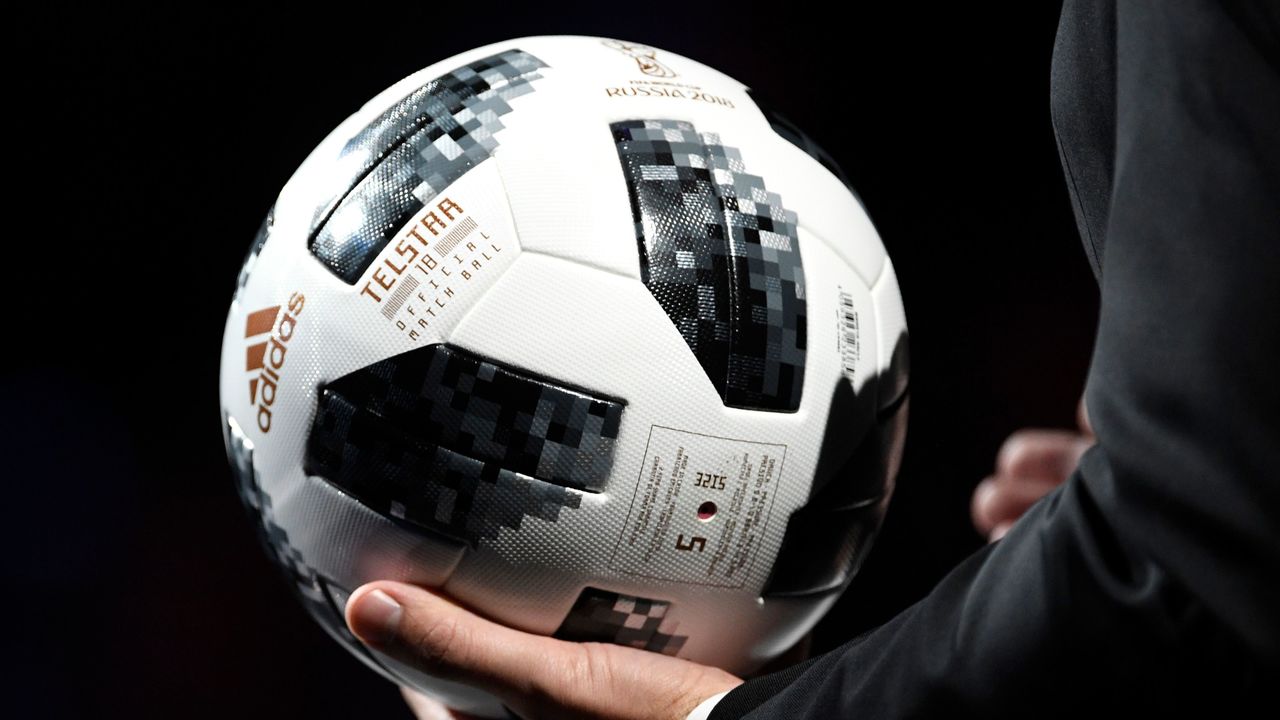
For some odd reason, Adidas decided to pay homage to its first-ever World Cup ball in 1970 with its contribution to the 2018 World Cup, despite no discernible link between the two competitions. The new Telstar's model isn't anywhere close to as distinctive as the original was, though, with a paint job that looks more like it's been through one too many pickup games on fresh asphalt.
8. Etrusco Unico (1990)
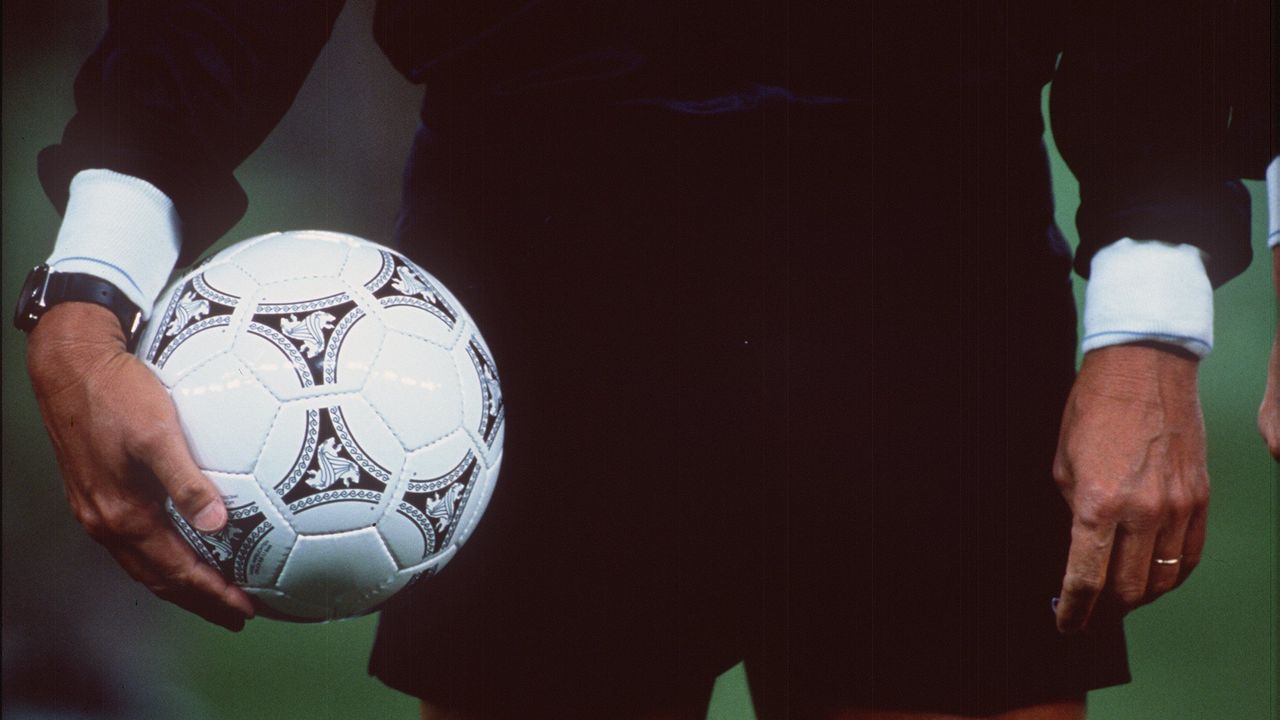
Named after the ancient civilization that once resided in central Italy, the Etrusco Unico's design was slightly underwhelming and arguably better served as a history teacher. For example: Did you know the Etruscans had their own written language? Or that some believe they played a role in the foundation of Rome? The ball itself, however, was built with a robust inner bladder, which, as it turns out, is more than what we could end up saying for Gary Lineker, unfortunately.
7. Questra (1994)
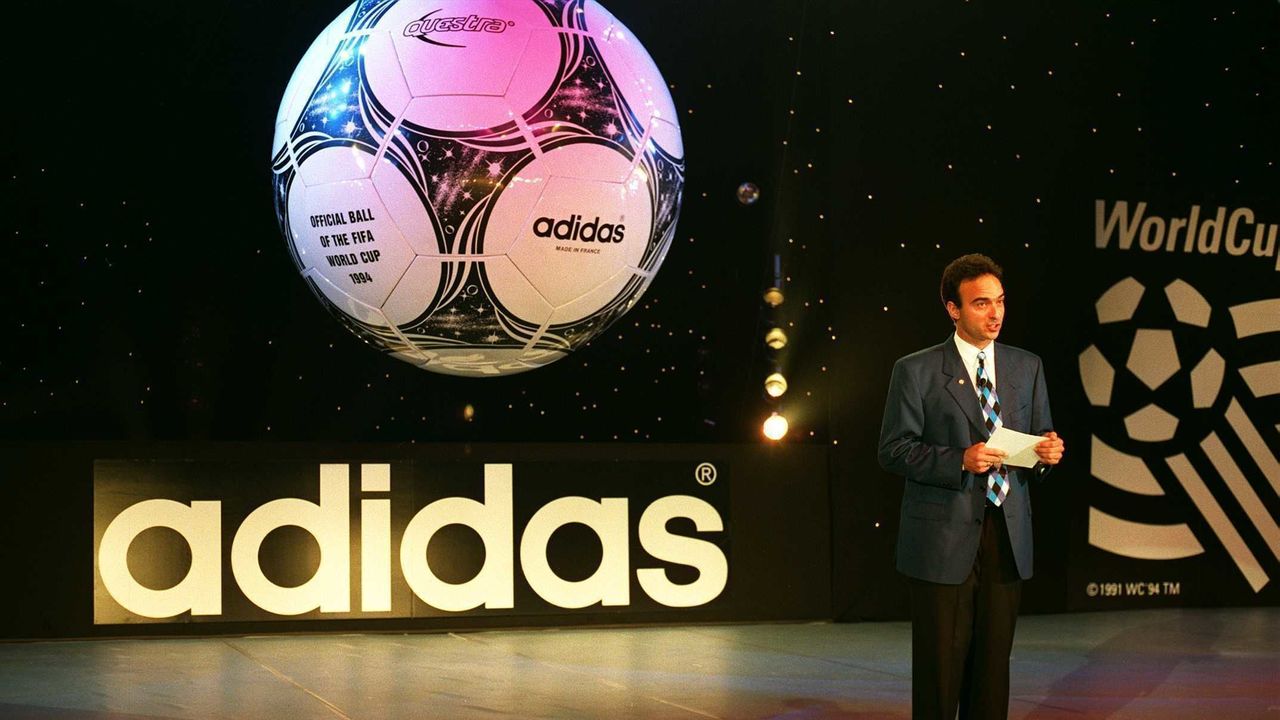
With the World Cup headed to the United States for the first time, Adidas implemented a space-influenced design for the Questra in recognition of the 25th anniversary of the first manned moon landing. Fittingly, the U.S. tournament produced two "out of this world" moments: Diana Ross' hilariously awful penalty in the opening ceremony, and the decisive one skied by Roberto Baggio in the final, which may actually still be orbiting earth today.
6. Azteca (1986)

In 1986, the World Cup laid eyes on its first fully synthetic ball and said goodbye to the heavier days of leather gone by. It was superb timing, too, as you could argue the man-made surface must have felt much better on the knuckles of Diego Maradona's left hand.
5. Tricolore (1998)
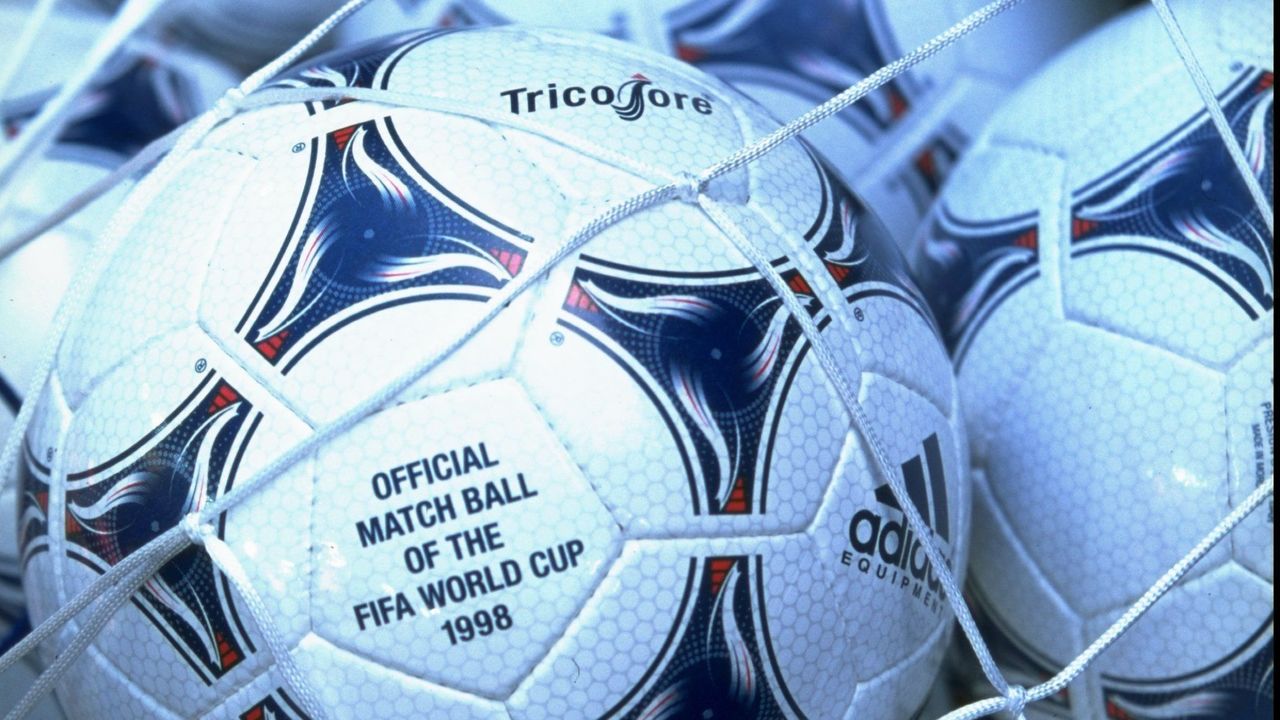
For France '98, Adidas stumbled on a mindblowing new innovation: colour. The hints of rouge et bleu were a subtle salute to the host nation, and the sight of the ball would go on to evoke such rhythmic classics as Ricky Martin's "La Copa de la Vida" and Chumbawamba's "Tubthumping."
4. Fevernova (2002)
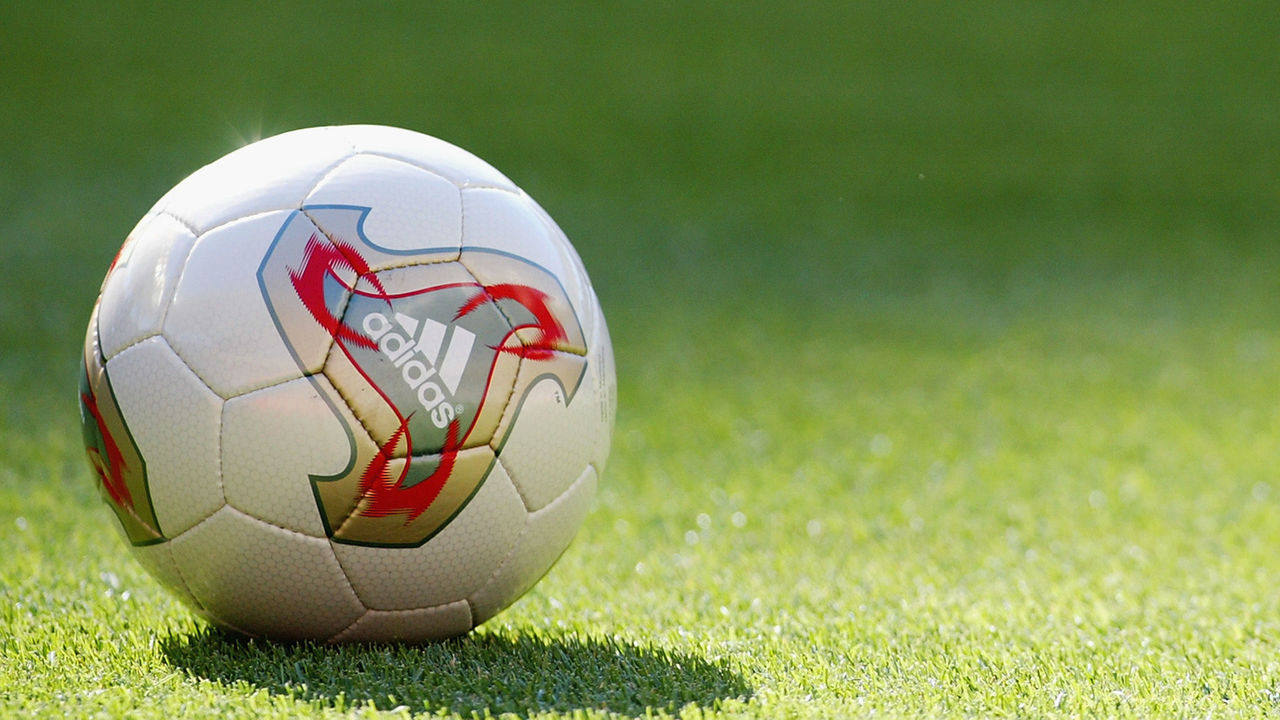
As the World Cup headed to Asia for the first time, Adidas finally broke its boring 20-year tradition of strange, linked triangular patterns with the Fevernova. The departure from the norm made it an easy sell (parks and playgrounds were littered with the thing years afterward) though that didn't stop Adidas from using its head in creative marketing promotions:
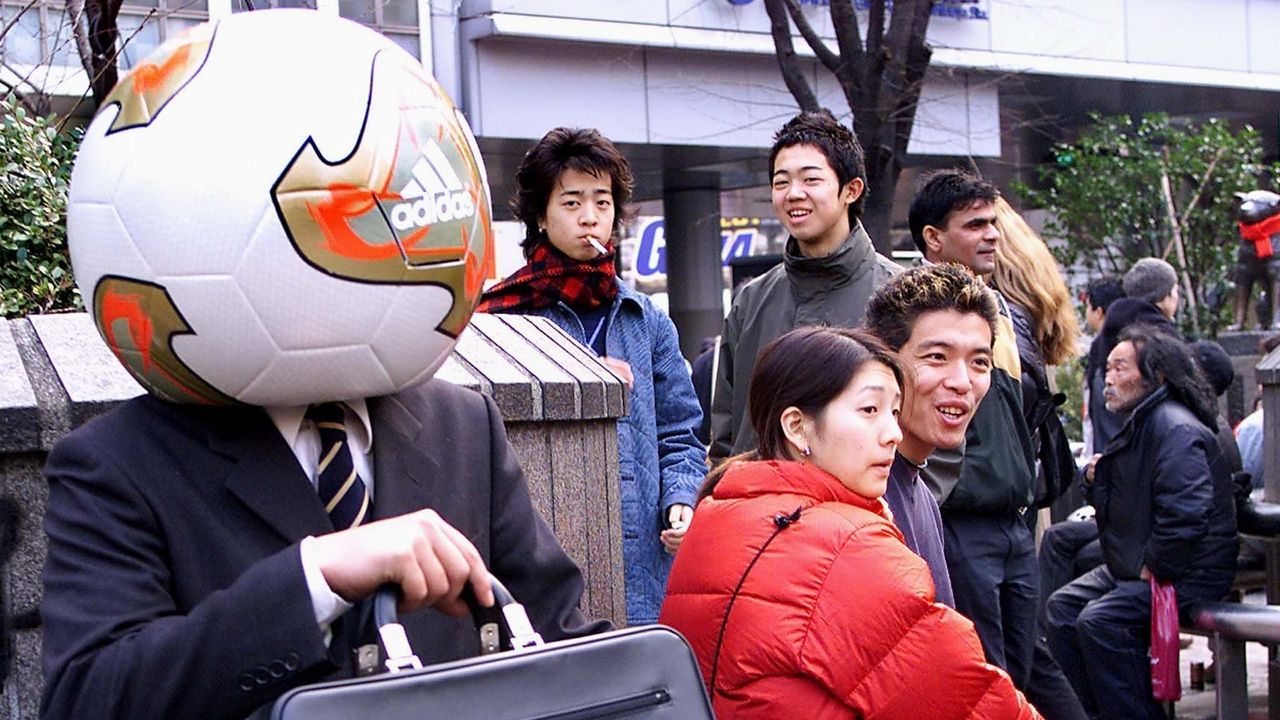
3. Telstar (1970-74)
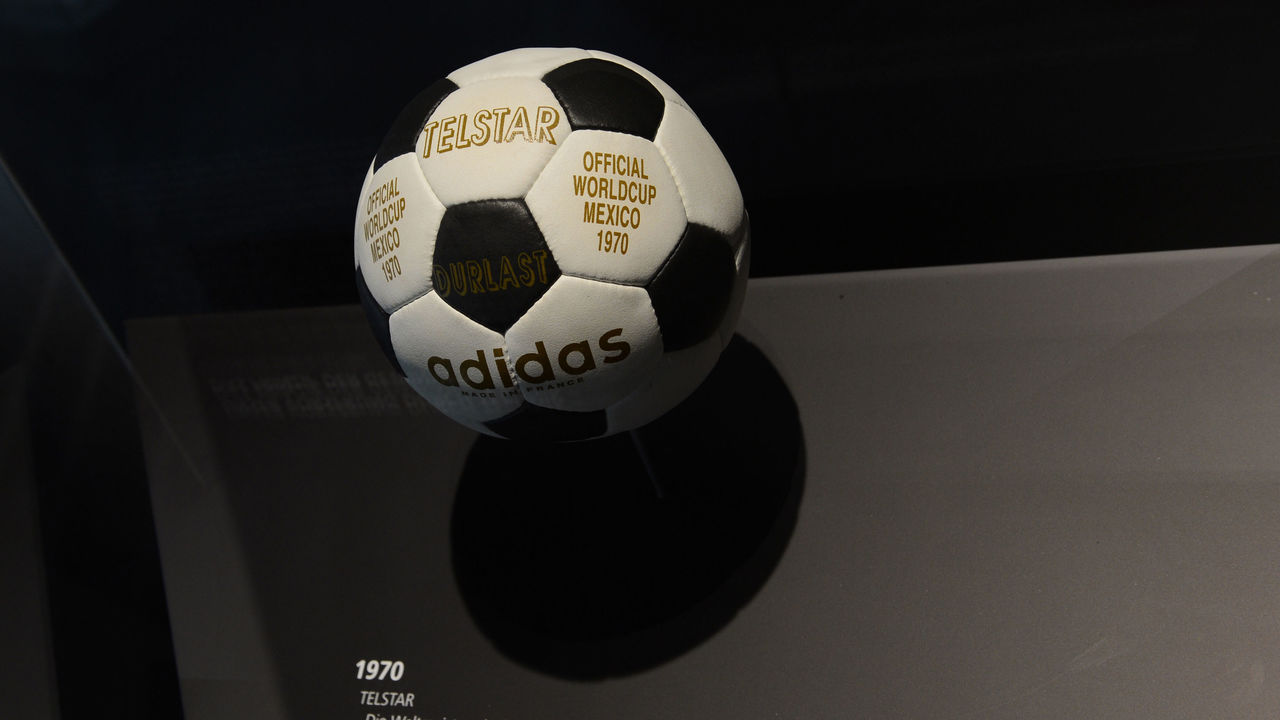
Such was the influence of the original Telstar - Adidas' first World Cup ball and the first in black and white to accommodate a new fad called television - that even preschoolers still learning to draw instinctively attempt to reproduce its black and white panels.
A near-identical twin was also in place for the 1974 World Cup, though that edition of the Telstar was fitted with an outer polyurethane barrier for a more waterproof surface, presumably to protect it from the tears of the losing finalists.
2. Teamgeist (2006)
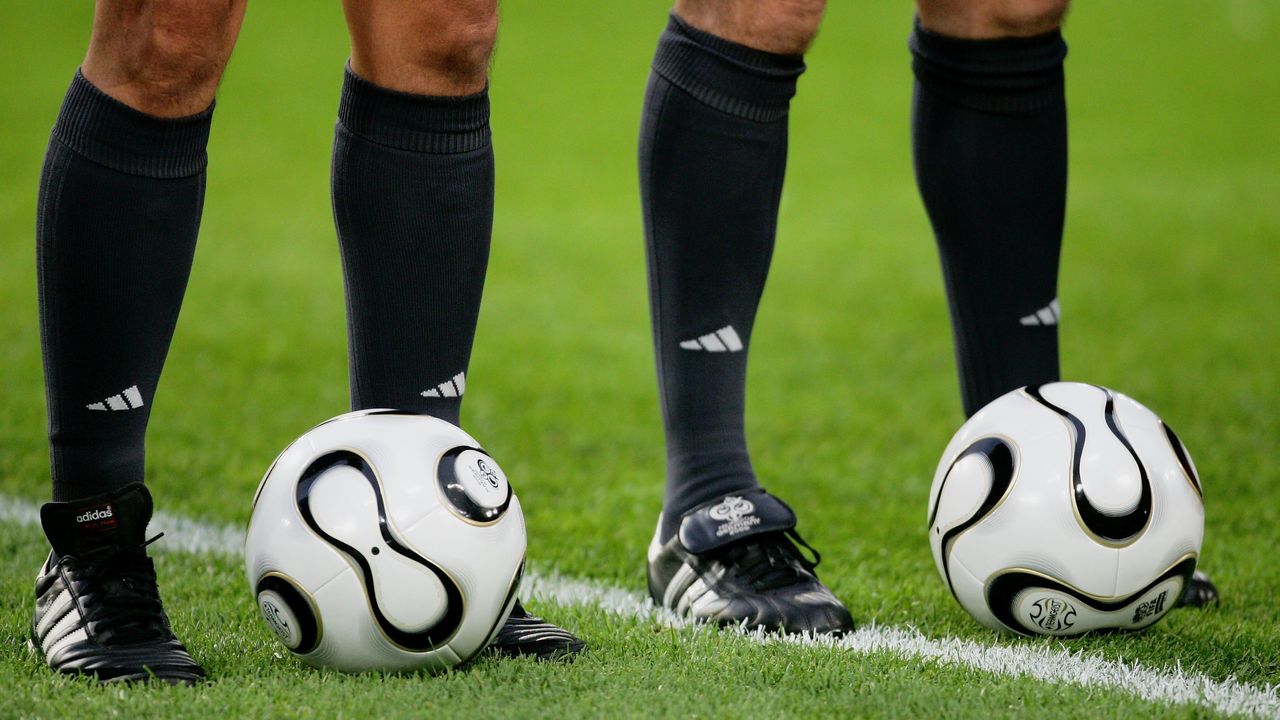
The Teamgeist was a solid creation for Germany's second go at hosting the summer spectacle; sleek and shiny but nothing needlessly over the top. The traditional match ball was incredibly overshadowed, however, by the superior gold-panelled model used in the final between Italy and France:
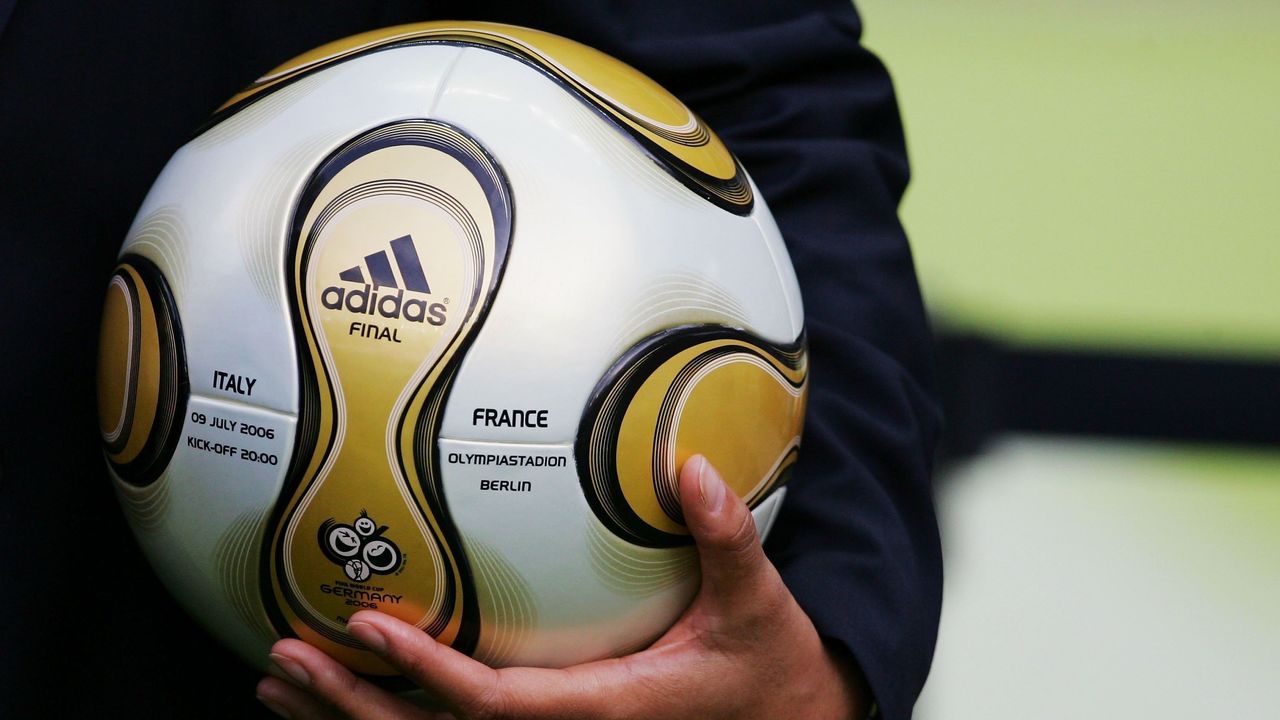
Funny enough, though, that edition of the ball was incredibly overshadowed itself by the imprint of Zinedine Zidane's head on Marco Materazzi's chest.
1. Brazuca (2014)
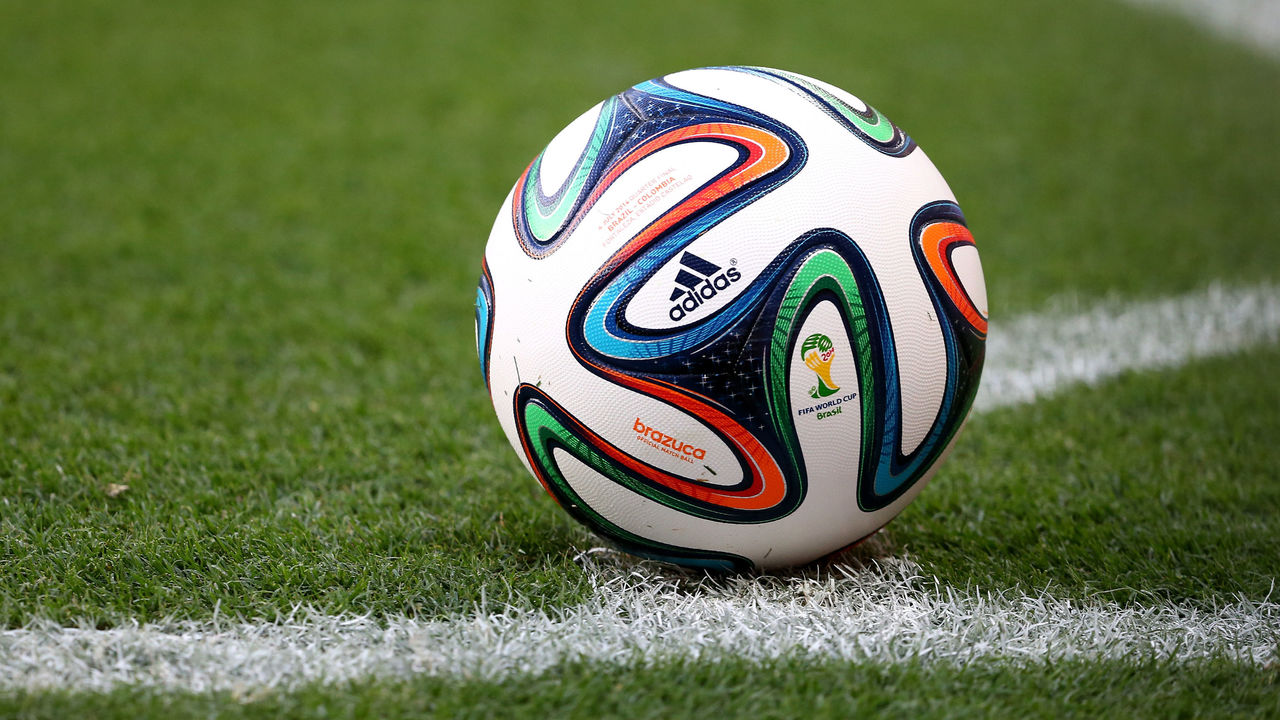
Now here's a real winner. The only arguable con about this colourful piece of playing equipment was the absurd and awkward Twitter account it was set up with, as if we're supposed to believe a ball would even know how to navigate a smart phone, let alone the concept of the English language.
I mean, honestly - who thought this was a good idea?
Here I am wearing a disguise so I don't get recognised in Rio. I need to focus now. pic.twitter.com/ttKiTu44oh
— brazuca (@brazuca) July 13, 2014
(Photos courtesy Getty Images)